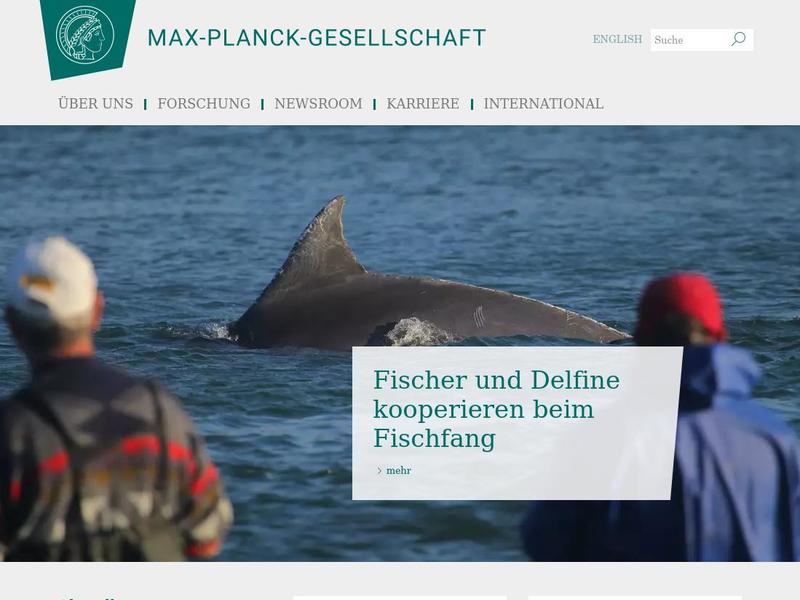Killing cancer cells from the inside out https://www.mpg.de/15356413/cancer-therapy-molecular-network
Scientists around David Ng, group leader at the Max Planck Institute for Polymer Research, have activated the self-destruction mechanism of cancer cells by a targeted and localized disruption of their structure.
Chemical Society, published online September 2nd 2020 Source DOI Related links Website

